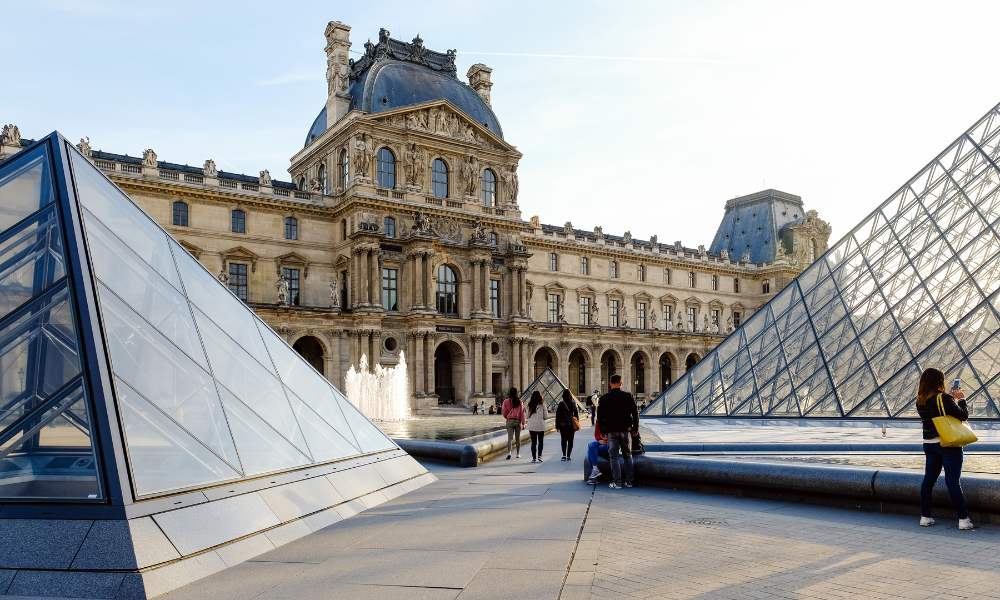If you’re headed to Paris, there’s no doubt the Louvre Museum is on your list. It’s one of the world’s most iconic tourist attractions in France, housing thousands of masterpieces that tell the story of humanity through art. But here’s the thing—everyone visiting Paris wants to experience the Louvre.
With over 35,000 works of art and a building so vast you could get lost for days, how do you make the most of it without getting stuck in endless lines? Well, I’ve got the secrets for you, and I’m about to share them.
Table of Content
- 10 Things to Know Before Visiting the Louvre Museum
- 1. Book Your Tickets in Advance
- 2. Visit on Thursday or Friday for Fewer Crowds
- 3. Consider the Carrousel du Louvre Entrance
- 4. Wear Comfortable Shoes
- 5. Plan to Spend 2-3 Hours
- 6. Don't Try to See Everything
- 7. Take a Guided Tour for a More Engaging Visit
- 8. Know the History Behind the Museum
- 9. Pack Light
- 10. Take Advantage of Late Fridays
- Conclusion
- FAQs
- More Related Blogs From Travel Experiences
10 Things to Know Before Visiting the Louvre Museum
The Louvre Museum is one of the most iconic tourist attractions in France, drawing millions of visitors from around the globe. Known for its vast collection of art, historical artifacts, and cultural significance, it’s a must-see for anyone exploring Paris. However, due to its sheer size and popularity, visiting the Louvre can be a bit overwhelming if you’re not prepared. To help you navigate this world-renowned museum, here are 10 essential things to know before stepping into the Louvre Museum.
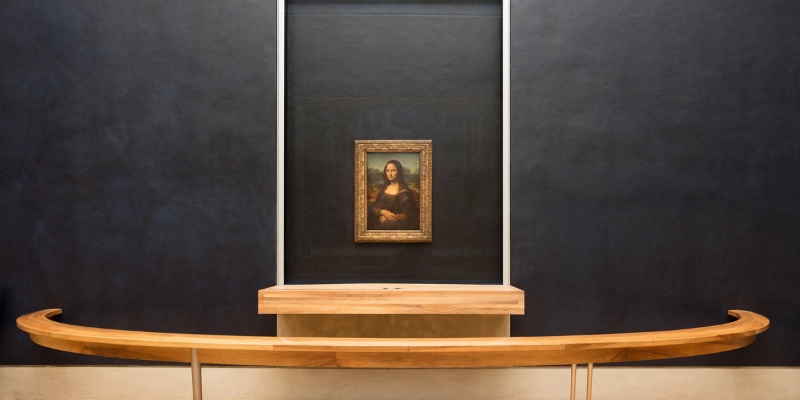
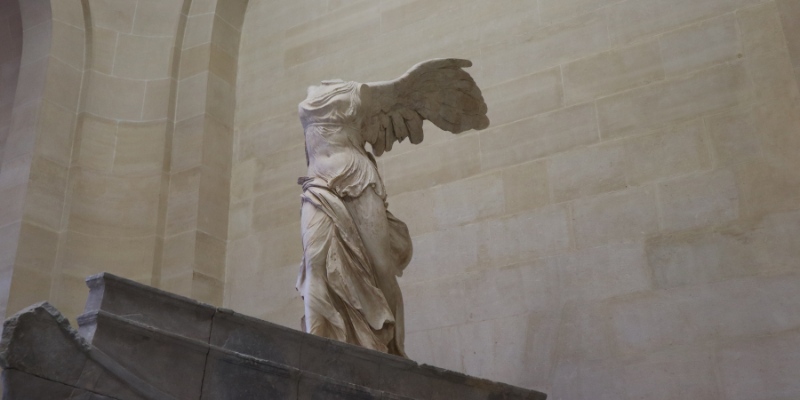
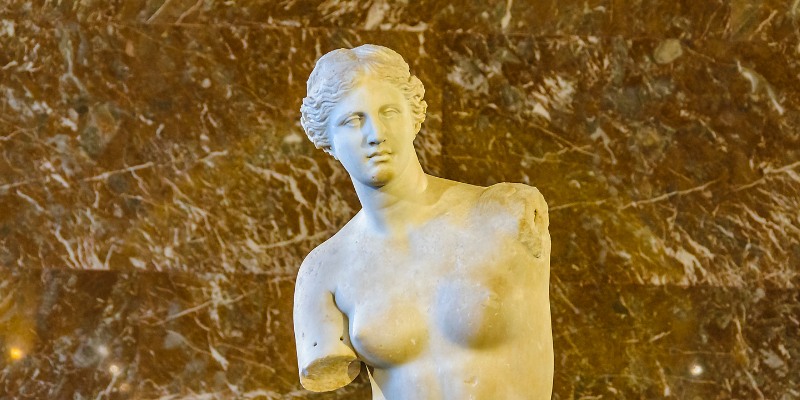
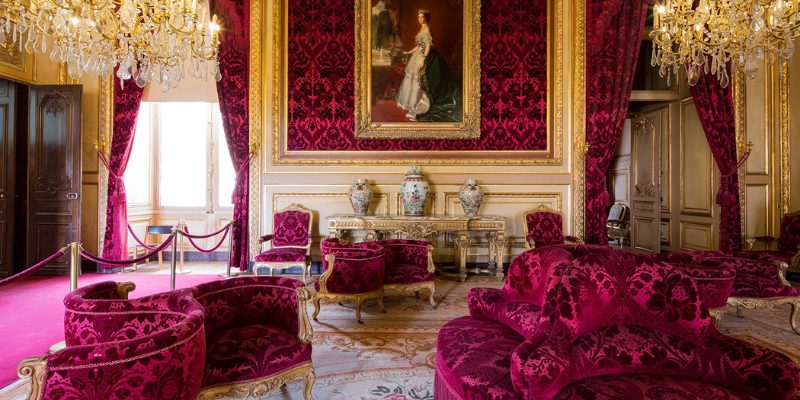
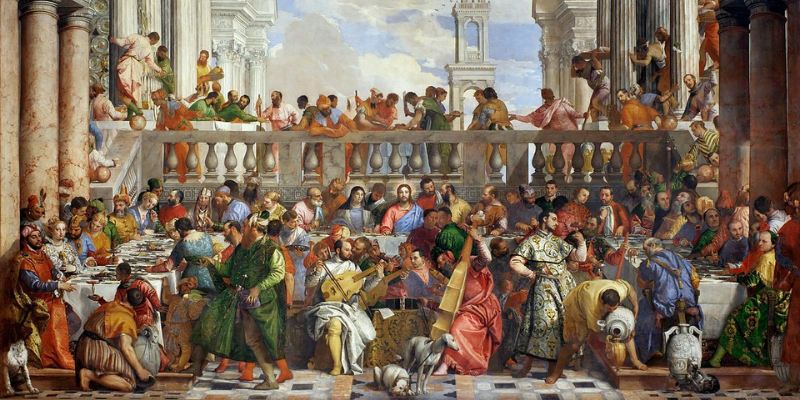
One more thing to be aware of is your accommodation. Whether you’re looking for a quiet retreat after a day of exploring the Louvre, you should book a luxury vacation rental, there are plenty of options to suit your needs. Booking a place in advance, especially during peak seasons, can help ensure you stay close to the museum and other French tourist attractions, making your trip even more convenient.
1. Book Your Tickets in Advance
The Louvre Museum is one of the most visited museums in the world, so booking your tickets online ahead of time is crucial to avoid long waiting times. Tickets cost €22, which includes a reserved time slot, ensuring faster entry. If you have a Paris Museum Pass, you still need to book a reservation, but it’s free. This ensures that you can bypass the ticket line and go straight into the museum, saving you valuable time for exploring the exhibits.
2. Visit on Thursday or Friday for Fewer Crowds
Weekends and Wednesdays tend to be the busiest days at the Louvre, with huge crowds flocking to see its famous works. Thursday and Friday are typically quieter, making these the best days to visit for a more relaxed experience. Mondays are also not ideal since the museum is closed on that day, and Sundays can be crowded, especially with tourists making it a weekend stop.
3. Consider the Carrousel du Louvre Entrance
If you want to avoid the hustle and bustle of the iconic pyramid entrance, head to the Carrousel du Louvre entrance. This lesser-known entrance is located below ground, accessed through the P-Royale Metro stop. It’s quicker, quieter, and much less crowded. Plus, it’s connected to a shopping mall, which gives you a chance to explore the area further once you’re done with your museum visit. The underground security check is also faster, giving you an extra edge in bypassing long queues.
4. Wear Comfortable Shoes
The Louvre spans an enormous 782,000 square feet (roughly 72,000 square meters), and with 35,000 artworks spread across multiple wings, expect to be doing a lot of walking. To fully enjoy your visit without discomfort, wear comfortable shoes. You’ll be on your feet for hours, exploring various exhibits, and you won’t want sore feet slowing you down. The museum’s vast layout can be overwhelming, so comfort is key.
5. Plan to Spend 2-3 Hours
The Louvre’s size can be intimidating, but you don’t need the entire day to see the most important pieces. A visit of 2-3 hours will suffice to appreciate the highlights. Focus on the three main wings: Sully, Denon, and Richelieu. The Sully Wing houses Renaissance and French art, including the famous Venus de Milo. The Denon Wing contains the Mona Lisa, Winged Victory of Samothrace, and The Wedding Feast at Cana. The Richelieu Wing is where you’ll find the Napoleon III Apartments. You can enjoy the world’s greatest art without feeling rushed by prioritizing these masterpieces.
6. Don't Try to See Everything
With 35,000 artworks spread across 400 rooms, it’s physically impossible to see it all in one day. Instead of trying to take in everything, focus on the exhibits that interest you the most. Whether it’s Greek antiquities, European paintings, or Egyptian art, taking your time to enjoy a few masterpieces will leave you with a richer experience than rushing through endless galleries. The key is to enjoy the experience rather than checking off every room on a list.
7. Take a Guided Tour for a More Engaging Visit
A guided tour is one of the best ways to truly appreciate the museum’s artwork. Not only will it help you skip the lines, but a knowledgeable guide will share fascinating stories and historical context about the works. These tours often have access to special entry points, so you’ll spend less time waiting. Whether you’re interested in European art, ancient civilizations, or specific artists, your guide will take you straight to the masterpieces and enrich your visit with insider details.
8. Know the History Behind the Museum
The Louvre’s history adds depth to its exhibits. Originally constructed in the 12th century by King Philip II as a fortress, the Louvre underwent various transformations. It became a royal palace in the 16th century under King Francis I, before finally being converted into a museum in 1792.
This historical journey—from fortress to palace to world-renowned museum—adds layers of significance to every corner you explore. Understanding the evolution of the Louvre will give you a richer appreciation for its collections. Similarly, the Palace of Versailles tour takes you through a history of royal grandeur, from its beginnings as a hunting lodge to its transformation into the seat of French political power.
9. Pack Light
To ensure a smooth entry, pack light. Large bags, backpacks, and suitcases are not allowed in the Louvre, and you’ll have to leave them in a locker outside the museum. For smaller items, free lockers are available inside. However, avoid overpacking, as even small items are subject to security checks. This will speed up your entry and make your visit more comfortable. Make sure to leave any oversized belongings at your hotel to avoid any inconvenience.
10. Take Advantage of Late Fridays
For those who want to avoid the busiest hours and enjoy a quieter experience, the Louvre’s late opening on Fridays is a fantastic opportunity. The museum stays open until 9:45 PM, giving you extra time to see the art without the usual crowds. The later hours also offer a more relaxed atmosphere, making it easier to focus on the masterpieces you really want to see. If you’re in Paris during the week, this is an ideal chance to explore the museum in a calmer setting.
Conclusion
My visit to the Louvre Museum was an unforgettable experience. From standing in awe before the Mona Lisa to wandering through halls filled with ancient art, the Louvre is a treasure trove of culture and history. I hope these things to know before visiting the Louvre Museum help you prepare for your adventure!
And when you’re there, don’t miss out on the things to do in the Louvre Museum—from exploring its vast collection of masterpieces to enjoying the hidden gems tucked away in quieter corners of the museum.
Remember, with a little planning, you can skip the lines, navigate the museum easily, and focus on the pieces that matter most to you. So, wear comfortable shoes, bring your camera (without the flash!), and take your time to explore one of the world’s greatest art museums.
That’s all I hope this helps you make the most of your time there! Happy exploring, and don’t forget to take in the art, the history, and of course, the beauty of Paris.
FAQs
The best time to visit the Louvre is early in the morning or late in the evening. Weekdays tend to be less crowded than weekends, so plan accordingly to avoid the crowds.
Yes, photography is allowed in most areas, but flash photography is prohibited. Always check the signage for photography rules in specific exhibits.
Admission to the Louvre costs around €17 for adults. However, there are discounts and free entry for certain groups, such as children and EU residents under 26.
The Mona Lisa is the biggest attraction at the Louvre, drawing millions of visitors each year to see Leonardo da Vinci’s iconic masterpiece.
Yes, there are guided tours available at the Louvre, including special tours focusing on specific art collections or historical periods. These are highly recommended for a deeper experience.
More Related Blogs From Travel Experiences
Full List of Things to Do in Toronto: Simple, Stress-Free Picks!
When is the Best Time to Visit Carcassonne to Avoid the Crowds?
How I Explored The Palace of the Popes on My Recent Trip!
Mark Smith
Introducing Mark Smith, a wanderlust-fueled travel author on a mission to inspire others to embrace exploration and discovery. From the colorful markets of Marrakech to the tranquil rice paddies of Ubud, Mark Smith’s vibrant narratives capture the essence of each destination, weaving tales of culture, cuisine, and unforgettable experiences. Join Mark Smith on his quest to uncover the beauty of our world, one adventure at a time.
